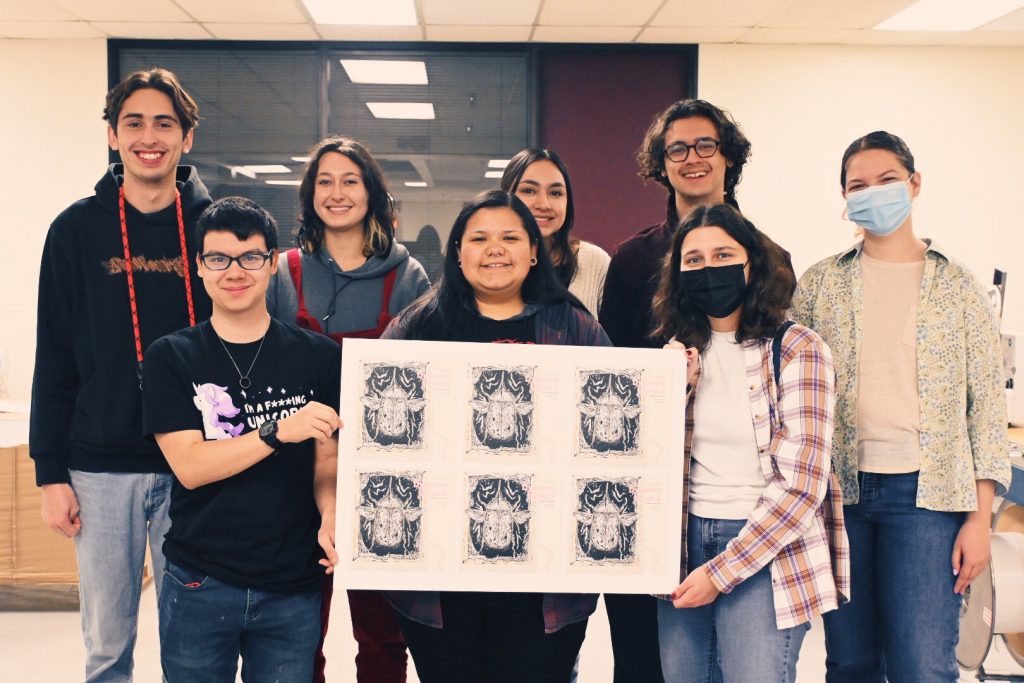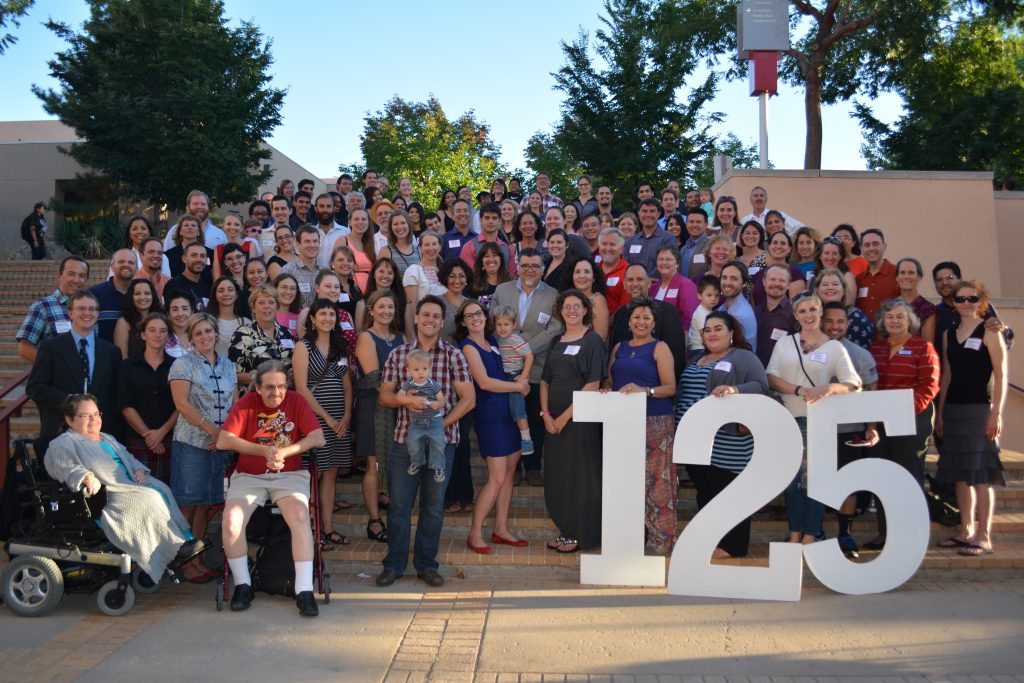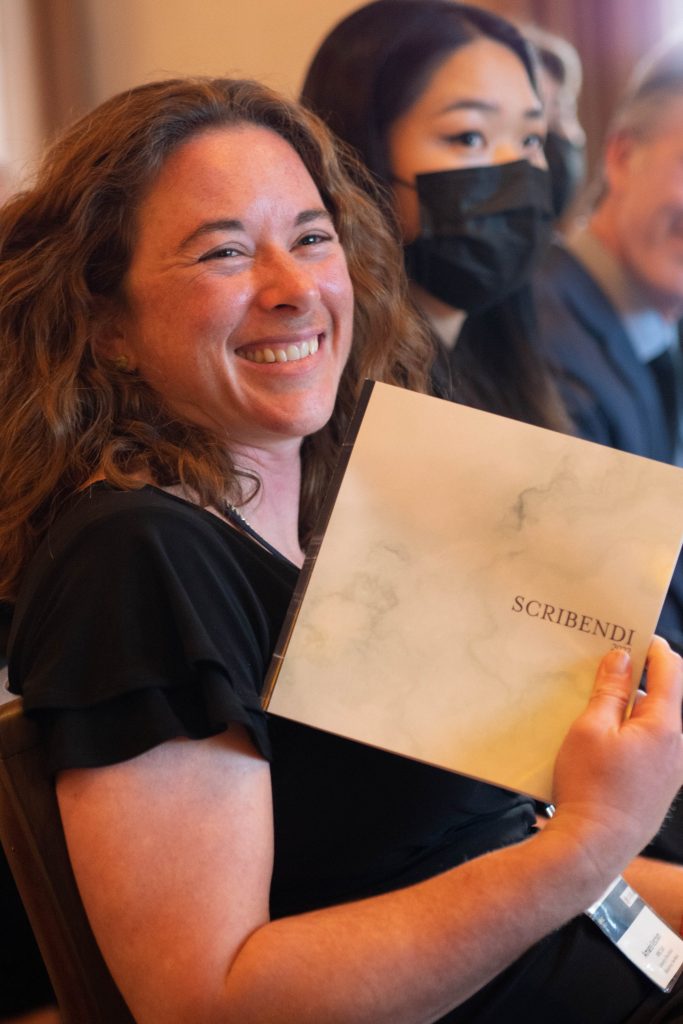*Any creative works not otherwise listed, such as film, music, architecture, graffiti, fashion, and art that is beyond definition.
History of Scribendi
Formerly titled UNM Honors Review, Scribendi began in 1985. A few enterprising undergraduates developed an interest in starting an undergraduate Honors magazine. Dr. Susan Kilgore was the faculty advisor for this publication. At this time, students did not receive credit or much recognition for their work.
The staff frantically held bake sales to help raise money for publishing the magazine. Generous small businesses and parents of the staff also provided funding. Submissions were few and mostly local; there were perhaps thirty or forty in total, and the magazine was less than twenty-five pages long. By the third year, there were over one hundred submissions from the Western region of the United States.
Dr. V. B. Price took over for Dr. Kilgore as faculty advisor for the 1990 issue and arranged to allow students to receive one credit hour per semester for working on the magazine. Students could receive a total of three credit hours for up to three semesters’ worth of work. Submissions increased, as well as the length and scope of the publication. The magazine grew that year to be more than sixty pages.
In 1994, the staff changed the name of the magazine to Scribendi. According to Denise Clegg, one of the 1994 editors, “the title reflects the magazine on many levels; it is literally made of the written word, and this year many of the pieces speak about the power of stories, images, and language.”
Dr. Sharon Niederman was the faculty advisor from 1996–1997. By this time, Dr. Price had arranged for the student staff to earn three credit hours for each semester worked. Dr. Leslie Donovan became the faculty advisor in 1997. By this time, the publication had grown to more than one hundred pages. More than 550 submissions were received for the 2003 issue.
For the 2013 issue of Scribendi, Amaris Ketcham, the first student staff member to serve in Scribendi for four years, returned as the Scribendi faculty advisor and professor.
Evaluating so many fine works of art and literature is time-consuming and makes for quite a hectic period in a staff member’s career, but the results are well worth the effort. Though the staff earns credit for their work, being involved with Scribendi is still a “somewhat crazy labor of love.”
What Does Scribendi Mean?
Originally entitled UNM Honors Review, the magazine changed its name to Scribendi in 1995 to reflect the fact that it had grown from a UNM publication into a regional publication for Honors students. The students who came up with the new title for the magazine wanted something that would reflect both a focus on the written word and the traditions associated with Honors education and excellence. They settled on the Latin term scribendi.
The term “scribendi” appears in a letter by J. R. R. Tolkien, who was a noted philologist of his time and a scholar intimately familiar with classical languages. In the letter, he writes, “I have been possessed on occasions (few, happily) with a sort of furor scribendi, in which the pen finds the words rather than head or heart” (Humphrey Carpenter, Letters of J. R. R. Tolkien, Letter 113). This sense gets at what the 1995 editors of Scribendi were intending when they retitled the magazine.
But what does the title actually mean?
In 2003, Classics major and Scribendi editor Lindsey Lesch prepared the following analysis for the back cover of that year’s issue:
SCRI•BÉN•DI / skribéndee /
participle (nom., pl., masc., gerundive/future passive part. of scribo, scribere – 3rd conj. – “to write”) LATIN.
Those which must be written.








